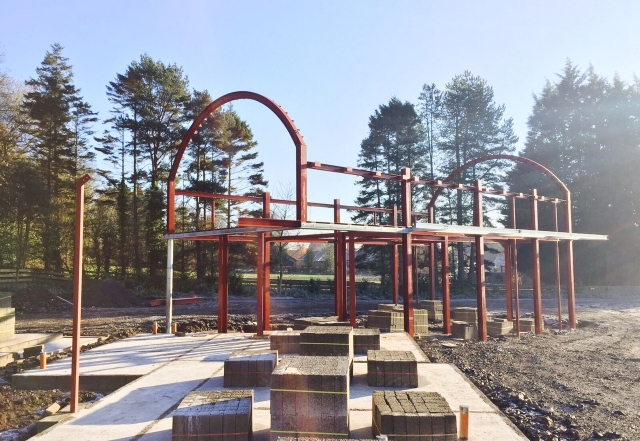Planning Applications on the Up
2020 Architects provide a brief synopsis of the most latest and up-to-date planning statistics across Northern Ireland.
Figures, compiled by the NI Statistics and Research Agency show that the number of planning applications received by councils in Q3 (October to December 2016) increased, with Causeway Coast and Glens leading the way in terms of applications for renewable energy.
Residential applications received by councils and the Department of Instructure increased during the last quarter.
Between October-December 2016, the number of planning applications received by Councils and the Department for Infrastructure in Northern Ireland was 3,029 – an increase of 5.1% compared to the previous quarter.
Across Northern Ireland in Q3, there were 17.3 planning applications received per 10,000 population. At council level, Mid-Ulster and Causeway Coast and Glens received the highest number of planning applications per 10,000 population – 24.6 and 24.5 respectively. By comparison, Belfast City and Antrim and Newtownabbey Councils received the least number of applications – 12.5 and 13.2 respectively.
Overall, the approval rate for planning applications in Northern Ireland was 92.6% – with Causeway Coast and Glens gaining an approval rate of 92%. By Comparison, Ards and North Down impressively topped the approval rate at 98.9%, closely followed by Mid-Ulster (97.5%) and Derry City and Strabane (97.3%).
Q3 saw a boost in terms of Major Planning Applications received by councils and the department in Q3 2016/17 – signalling a vast improvement in the construction market. Figures show it was the highest number received since Q1 2015/16. At council level, Fermanagh and Omagh (10) issued the most decisions on major developments, followed by Belfast (7) and Derry City and Strabane (7).
In terms of Local Development (defined as residential development and minor commercial), Belfast City received the highest number of local planning applications during Q3, followed by Newry, Mourne and Down – 412 and 371 respectively.
Overall, the number of planning applications in Northern Ireland increased by 5.4% in Q3, when compared to the same period a year earlier. This increase over the year was driven by the increase in ‘Residential’ applications received – in particular rural new single dwellings.









